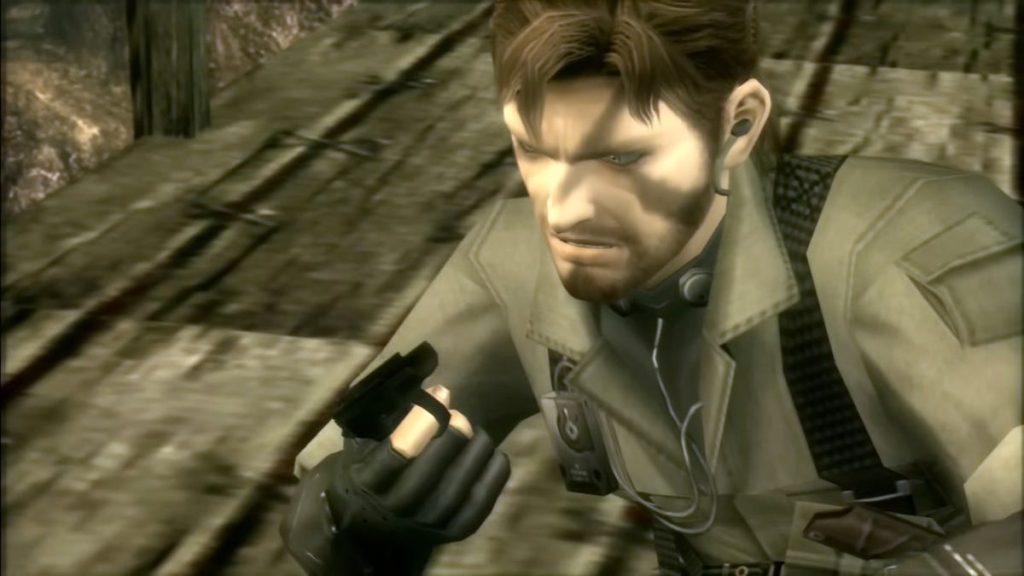A Moment of Shock in Forest Hills
During the hot summer of 2013, I found myself outside a McDonald’s in Forest Hills, NY, grappling with mixed emotions. I had just come out to my friends, expressing my truth out loud for the first time. However, at that moment, I was also hit with the news that the upcoming PS4’s DualShock 4 controller would feature digital face buttons instead of the pressure-sensitive analog ones that had been a staple in Sony’s controllers for the last two console generations. I looked at my friends, who were ready to support me, but I couldn’t shake my head and exclaimed, “How will I play Metal Gear without analog buttons?”
The Reality of the DualShock 4
It’s a genuine fact: the DualShock 4 did not include analog buttons for functions like X, square, circle, triangle, L1, R1, or the D-pad. Even though I knew that the forthcoming MGSV would adapt, embracing third-person shooting controls—thanks to the influence of titles like Gears of War—the absence of analog buttons felt like a significant loss. The Xbox 360 had also phased out analog buttons from its predecessor, signaling an end to this technology.
The Importance of Pressure Sensitivity
The ability to aim or lean in titles like MGS2 and MGS3 using pressure-sensitive features on the PS2 was vital to my experience with Metal Gear. Now, as I replay MGS3 in the newly released Master Collection, the absence of analog input is almost painful. It’s striking how much I long for that kind of control.
A Legacy of Analog Control
Analog technology has been present in gaming for decades, originating from joysticks on arcade cabinets to the motion sensitivity in modern controllers like Joy-Con and DualSense. One of the earliest examples was on the original PlayStation with Namco’s NeGcon, which allowed for analog steering. The PS2’s DualShock 2 controller then integrated pressure sensitivity as a standard feature, showcased on game boxes with a “Pressure Sensitive” badge.
Unique Gameplay Implications
While pressure sensitivity wasn’t extensively utilized in PS2 games, notable exceptions include GTA and Gran Turismo, which allowed for variable speed control, as well as SOCOM II, where button pressure could dictate crouching or going prone. The MGS series made the most of this feature, with mechanics like holding square to aim and adjusting the intensity of button presses to fire or lower your weapon, which were integral to the stealth gameplay experience.
The Impact of Controller Design
These mechanics aligned with Hideo Kojima’s vision for the games. The deliberate nature of aiming, tied to kinesthetic functions of our hands, heightened the stakes and immersion in the gameplay. Leaning or peeking was also affected by pressure sensitivity, allowing for subtle movements that added depth to actions like aiming or taking cover.
The Loss of a Gaming Experience
While modern gamepads offer various forms of motion control, they lack the unique nuances of pressure sensitivity. This absence makes replaying MGS2 and MGS3 feel drastically different. I find myself anticipating a level of interactivity that is no longer present, similar to trying to race without analog sticks. Though pressure sensitivity had its flaws, it represented a substantial aspect of how classic games engaged players’ bodies and minds. Its absence is a significant loss that resonates loudly with me.



